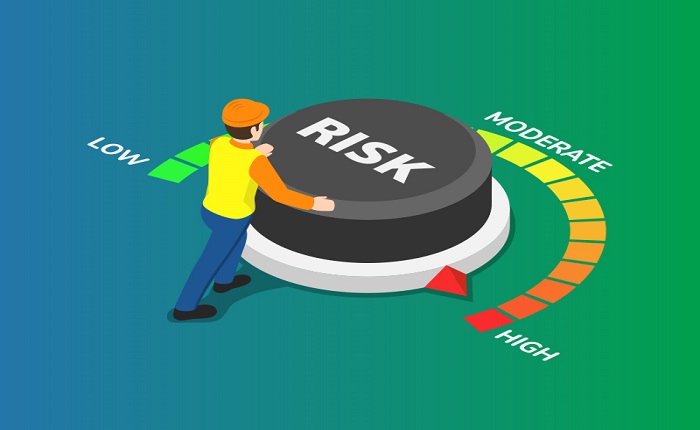Health & Safety Risk Assessment

About Course
Risk assessments can save lives, hazards can cause life-threatening accidents and health conditions.
For example, fire hazards put many people’s lives at risk , exposure to dangerous substances can cause long-term and potentially fatal health conditions and dangerous work equipment such as heavy machinery can also take lives if not used correctly.
By identifying these hazards, and implementing the control measures to eliminate or reduce their effects, risk assessments can save lives.
Risk Assessments Are Legal Requirement
Risk assessments are a legal requirement. All companies and self-employed people are required to consider health and safety risks in the workplace.
Risk Assessments Prevent Business Financial Loss
If employees are affected by work-related injuries or ill-health, they will need to take time off and companies may need to cover sick-pay and the cost of employment cover, there may also be legal fees and affected parties may claim compensation.
Carrying out a thorough risk assessment and taking steps to reduce the assessed risks can prevent accidents and ill-health and the costs that come with them.
Course Content
1. Introduction
-
02:02
-
02:46

